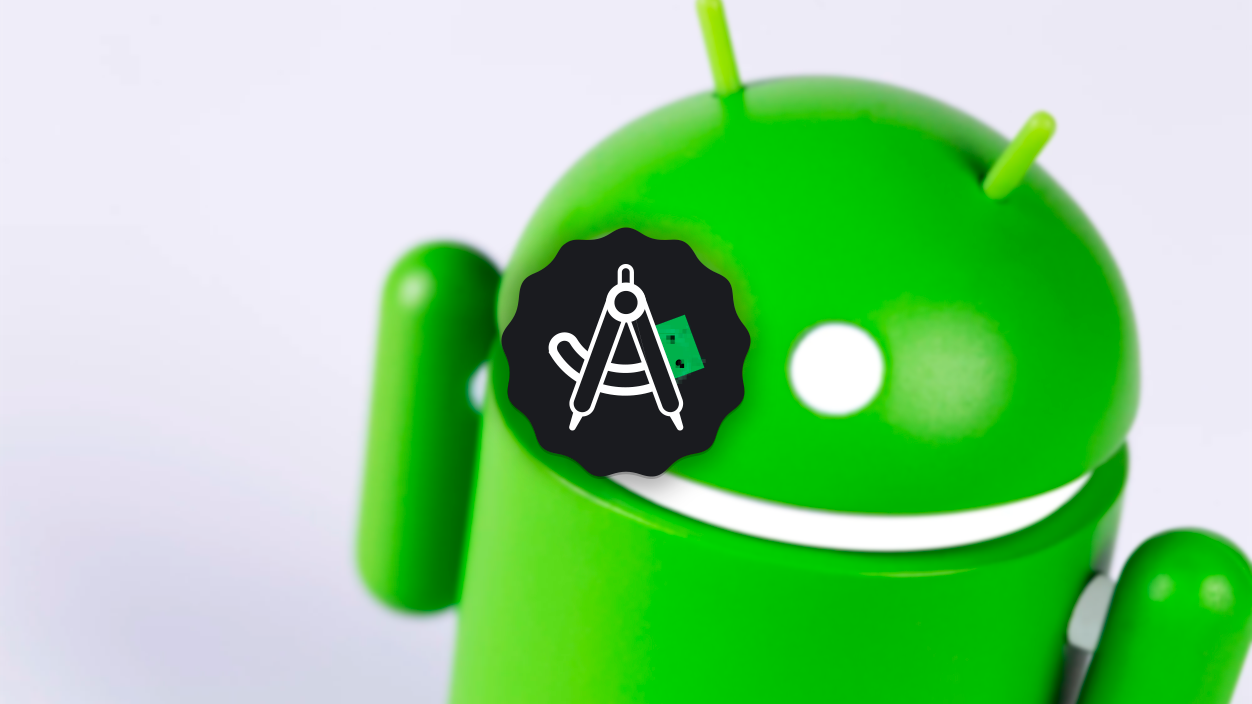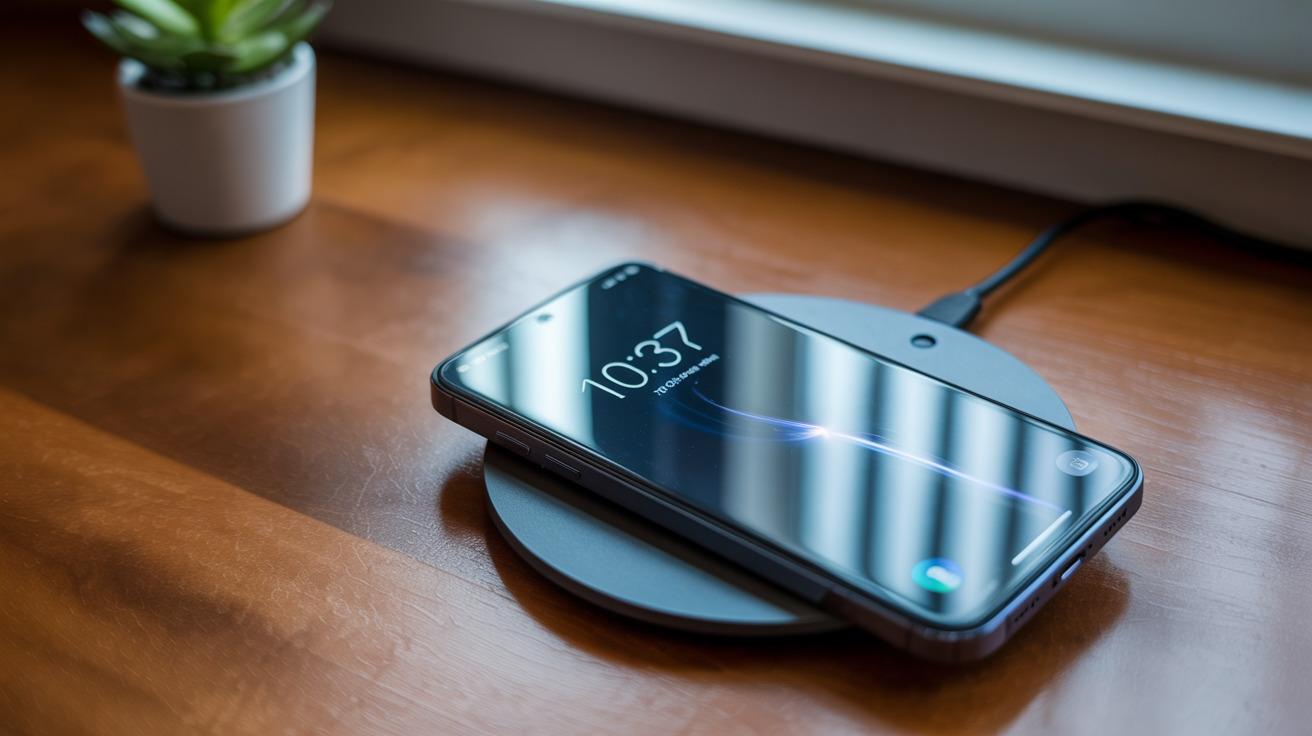- Google introduces Android Canary, an independent, experimental update channel for Pixel developers.
- It allows early access to new features and system changes, although with significant stability risks.
- Early updates include new screensaver options and enhanced parental controls.
- Updates don't always mean features make it into the stable version of Android.

Google has taken a major leap forward in its approach to providing early access to Android development, and it has done so launching its own exclusive channel for its Pixel phones: Android CanaryThis new space is designed for those who want to be aware of—and experience firsthand—the newest features and operating system testing functions.
Android Canary replaces the previous preview program for developers and marks a turning point in the way advanced users and programmers can test, give feedback, and adapt to what's coming next for Android. It's a movement that seeks provide greater dynamism and transparency to the process, but it also comes with important warnings, as we are talking about the most unstable and experimental channel to date.
What exactly is Android Canary?

Android Canary is an independent update channel, parallel to both public betas and stable versions of Android. Unlike regular beta channels, which have scheduled releases leading up to an official release, Canary builds are published when the development team has new things to test, without a fixed cadence, and may include features in an embryonic state, with a greater number of malfunctions.
This channel is primarily intended for Developers who need to test new APIs, behaviors, and platform changesThis isn't a version suitable for everyday use, as Google makes it clear that not all features will be transferred to stable versions, and stability issues may be noticeable.
What devices are supported?
For now, The Canary channel is reserved only for Google Pixels, from the Pixel 6 onwards. This covers models like Pixel 6, Pixel 6a, Pixel 6 Pro, the Pixel 7 family, and Pixel 8 (with all its variants, including Fold and Tablet), up to the most recent Pixel 9 series. The essential requirement is to have one of these phones and accept the risk of installing an unstable version of the system.
Google is leaving out other manufacturers, at least for now, limiting early access to Pixel users only. A move that reinforces exclusivity, but restricts feedback and experimentation to a very specific portion of the Android ecosystem.
Installation and uninstallation: A delicate process

El Access to Android Canary is done through the Android Flash Tool, a web tool that makes installing new builds easier. The process Requires enabling USB debugging on the device and connecting the phone to a computer to flash the chosen buildIt is important to note that all content on the device will be erased during installation.
If at any point you decide to leave the Canary channel and return to a stable version, the procedure involves manually reflashing a beta or public version, which also entails the deletion of all data. Therefore, Installing Android Canary is a decision worth considering., especially if the device is your primary mobile.
Key new features: Screensavers and parental controls in sight
The first Android Canary builds are already showing experimental features aimed at improving the user experienceAmong the most notable new features is a new screensaver setting that makes better use of wireless charging, allowing you to configure the screen to only show the time and certain information when the phone is held upright on a charging pad, or restricting the screensaver to wireless charging only.
A mode has also been added “low light” for the screensaver, which automatically adjusts the brightness and type of content displayed based on the lighting conditions in the room. This is reminiscent of the iPhone's Standby mode, albeit with Android's personalized touch and the promise of future improvements for Google's own charging accessories. An Classic "copy" between Android and Apple.
Another experimental feature that is beginning to emerge is the appearance of more accessible built-in parental controls, directly from the main settings menu. Although they're still in their early stages, it seems clear that Google wants to simplify and enhance its content monitoring and filtering tools, making it easier for parents to set limits and protect minors without resorting to external applications.
Continuous updates, but not for everyone

One of the peculiarities of the Canary channel is that the updates They arrive approximately once a month via OTA, but they don't follow predictable schedules or cycles. Builds may contain changes that will never be seen in stable releases; in fact, experimentation and continuous feedback are central to this channel's approach.
It is important to emphasize that These versions are aimed at developers and very advanced users. Google itself warns that they are not intended for everyday use, as stability and functionality may be seriously compromised. Those who want to try out the latest features without putting their primary device at risk should opt for the traditional Beta program, which remains the official way to discover and test new features ahead of time, but with greater reliability.
This channel represents a new stage in Android development: more transparent, more open to experimentation and with new features that, in many cases, They may fall by the wayside or be transformed before reaching the majority of users.Google's move focuses on developers and those who want to stay ahead, although it also involves taking risks and some uncertainty about Android's future developments.
I am a technology enthusiast who has turned his "geek" interests into a profession. I have spent more than 10 years of my life using cutting-edge technology and tinkering with all kinds of programs out of pure curiosity. Now I have specialized in computer technology and video games. This is because for more than 5 years I have been writing for various websites on technology and video games, creating articles that seek to give you the information you need in a language that is understandable to everyone.
If you have any questions, my knowledge ranges from everything related to the Windows operating system as well as Android for mobile phones. And my commitment is to you, I am always willing to spend a few minutes and help you resolve any questions you may have in this internet world.